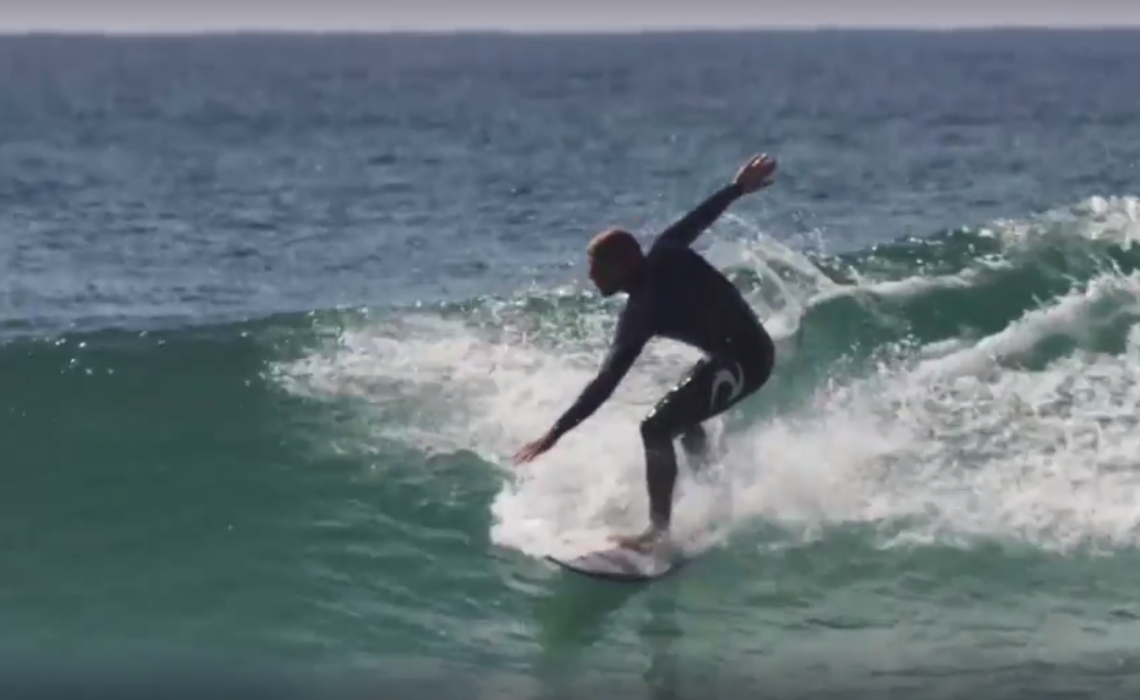
We surfed the wave of the future, found the limit of how big a fidget spinner could be, and got lost in a museum exhibition based on the kinds of things we in 3D printing think about all. the. time. — all of it this week in 3D printing.
Z-Plane Surf
An engineer at Red Bull created the first 3D printed surfboard for Australian professional surfer Mick Fanning. Using a clone of Fanning’s surfboard and techniques borrowed from the aerospace industry, the Mayhem surfboard was printed in 10 pieces, then glued together and covered in fiberglass. The 3D printed surfboard weighs 12 pounds, which is more than double what Fanning uses in competition, but lead engineer Brandon Larson sees advantages over handcrafted surfboards:
If you can print something and then glass it, then it’s as close as you can get to what the designer had in their mind. With a person touching it, there’s always going to be slight differences.
Plus, it’s just really, really cool.
Go Bigger
Speaking of large 3D prints, the Finnish duo that used to run YouTube’s Hydraulic Press Channel created the world’s largest fidget spinner using a Prenta, four ball bearings about the size of a tambourine, and a pair of handles in the center. When fully assembled, it weighs 15 kilograms (33 pounds), so it requires two hands and someone else to get it moving (in the video, the use a leaf blower), and therefore it could be hard to concentrate on anything else while spinning it. “If you want to see more stupid-sized 3D prints, please like and share this video,” Lauri Vuohensilta says. Shared!
Bonus: Foodie fans of the the Vuohensiltas and their Hydraulic Press Channel might enjoy the way these 3D printed noodles are pressed and stretched in this video from the MIT Tangible Media Group:
From Our Printers to Museum Walls
Finally, the Pompidou Center in Paris has opened Printing the World, an exhibit of 3D printed artworks, including many pieces printed by Shapeways — like artist Heather Dewey-Hagborg’s Stranger Visions series of DNA-based 3D portraits of strangers. The show is part of Mutations/Créations, a new annual event devoted to looking at forward-thinking art and design at the Parisian art museum. The artworks in the show “suggest the enormous potential of digital technology to transcend typical notions of craftsmanship and beauty,” Amy Verner writes in Wallpaper. That’s right: 3D printing is making us better artists.


